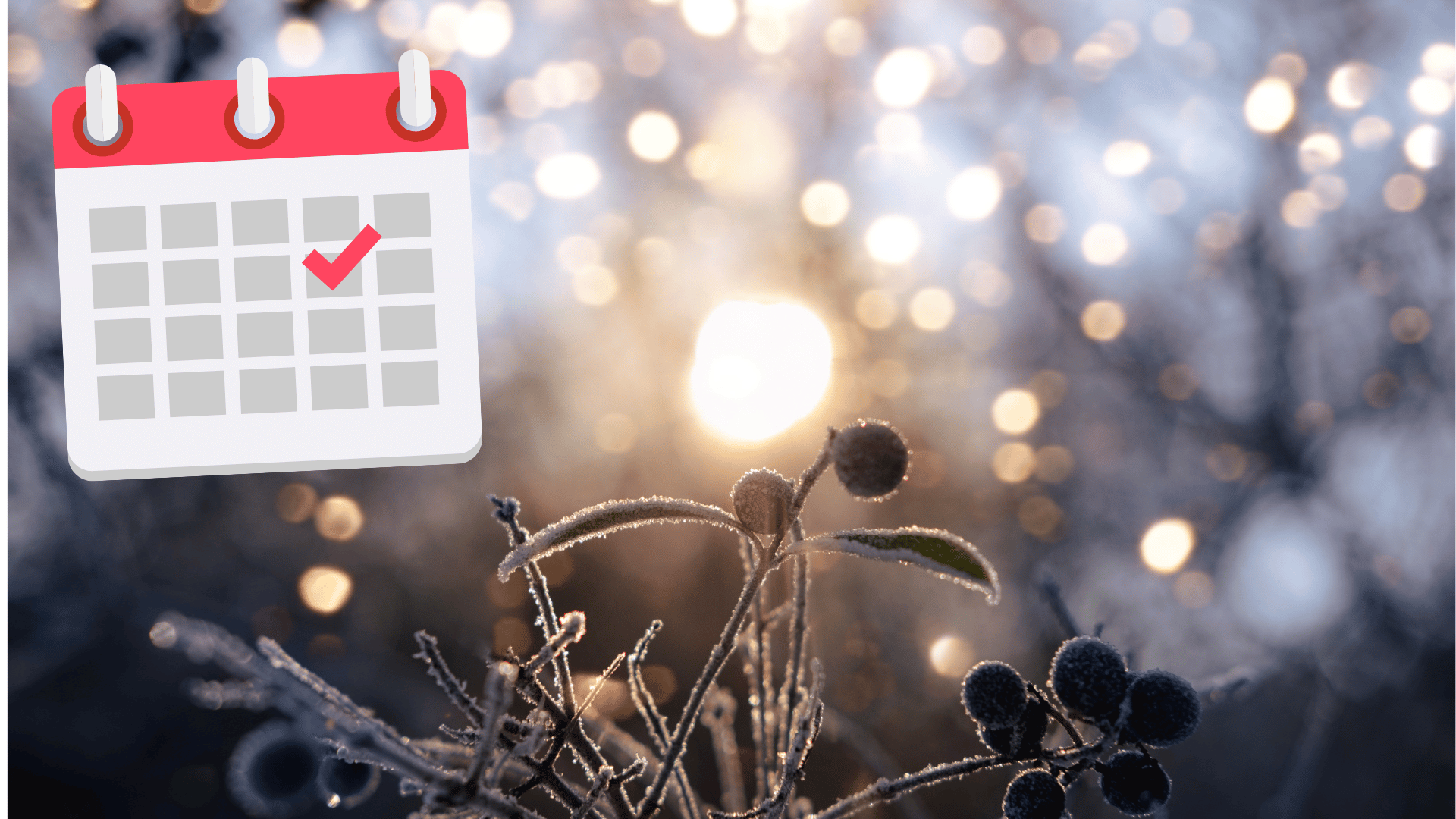
- This event has passed.
Winter Solstice
December 21, 2024 - December 22, 2024

The Winter Solstice, occurring around December 21st or 22nd in the Northern Hemisphere, is the shortest day and longest night of the year. It marks a turning point, after which days gradually become longer. The solstice has been celebrated by various cultures for thousands of years and is tied to themes of rebirth, light, and renewal.
Here are some potential talking points.
What is the Winter Solstice?
-
- Explain that the Winter Solstice happens when the Earth’s axis tilts farthest from the sun, resulting in the shortest day of the year. It’s an astronomical event that marks the start of winter.
Cultural Significance
-
- Discuss how ancient civilisations, like the Celts in Ireland, celebrated the solstice as a time of renewal and hope. For example, Newgrange, an ancient Irish monument, is aligned with the rising sun on the Winter Solstice.
- Many cultures, including the Vikings and Romans, held feasts and festivals, often centred on the return of light.
Solstice in Nature
-
- Explore how animals and plants respond to the changing length of days. Discuss concepts of hibernation, migration, and how humans also respond to the darker, colder months.
Lesson Ideas:
- Sun and Earth Model: Use a globe and a lamp to demonstrate how the Earth tilts away from the sun during the winter, causing shorter days.
- Newgrange Exploration: Show videos or images of Newgrange, explaining its importance and connection to the solstice. Discuss how ancient people tracked the movement of the sun.
- Seasonal Changes: Have students observe how the length of days changes after the solstice and chart the sunrise and sunset times over the next few weeks.
- Winter Solstice Craft: Create paper sun symbols or lanterns to symbolise the return of light, tying into the theme of hope and renewal.
Details
- Start: December 21, 2024
- End: December 22, 2024
